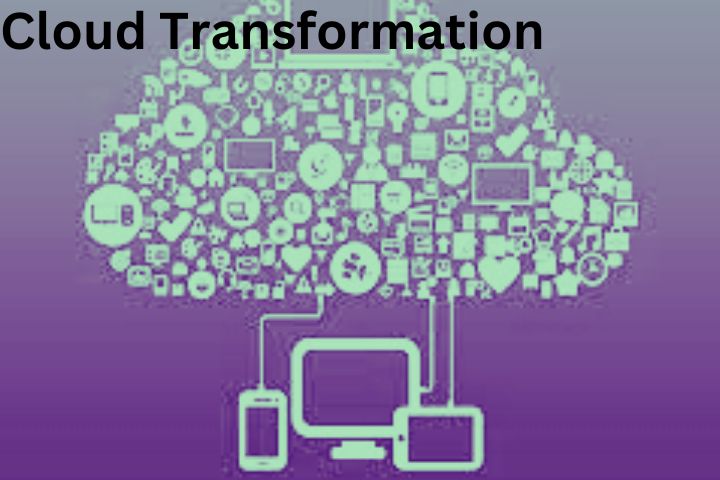
Sensitive company data is worth its weight in gold for cybercriminals: stolen customer information and employee account logins enable fraud and identity theft.
And intellectual property and trade secrets can be sold to competitors. Data security is a significant challenge for companies, given the massive increase in data volumes.
E-mails, collaboration tools and mobile devices connect employees, service providers and business partners while at the same time granting access to company networks, which often contain confidential information.
In addition, users often have higher access rights than required for their tasks. This further exacerbates the data theft risk from external attackers and insider threats.
Data security as a service: Gain control over essential data
Against the increasing lack of IT specialists, many companies are now switching to using data security technologies as a managed service to relieve their internal IT teams.
Software tools such as Data Loss Prevention (DLP), for example, make it possible to protect sensitive data from unauthorized access, use, transmission and exfiltration.
Therefore, even for companies that need more money and IT resources to implement and manage a data security solution in-house, DLP as a Service has established itself as an easily implementable alternative to protect their critical information.
DLPaaS also enables fast deployment and high scalability, thereby simplifying the integration of data security into existing environments.
Protection of data with Data Loss Prevention as a Service
Data Loss Prevention as a Service protects on-premises DLP solutions. However, companies have the advantage of continuous safety and monitoring of sensitive data without in-house human resources expertise.
Instead, these tasks are managed by a team of external security analysts from the DLP provider.
On-premises solutions can be too complex for organizations needing in-house security knowledge or more expensive for small and medium-sized businesses.
DLP Managed Services enable organizations of all sizes to quickly deploy DLP solutions and more efficiently manage policies without straining limited internal resources or budgets.
Data security: bundled security knowledge from the cloud
One of the most important benefits of data security is the increased protection provided by merging threat intelligence from hundreds or thousands of deployments.
As new threats emerge, external security teams can deploy protection policies across the MSP customer base to protect against the same security issues. In this way, managed security offers companies proactive protection against new threats before they are even affected.
As with on-premises data loss prevention solutions, managed services leverage the deployment of software agents or network devices within the organization’s IT environment.
However, all management and administration are hosted in the cloud, making it accessible to both the corporate and managed security teams.
The data generated by the DLP solution moved to the cloud in real-time. This enables external security analysts to monitor data movement, implement controls and respond to alerts 24/7.
In addition, reports and warnings can be issued to the corporate security team to inform them of potential threats or incidents.
Tips for choosing a DLP-managed service
Most DLP-as-a-Service solutions include essential functions such as monitoring and policy management and policy packages to meet compliance standards. Leading providers also extend these core functions with further options. Standard features include:
- 24/7 monitoring of alarms and activities
- Custom policy creation and reporting
- Flexible deployment and management architectures for customers who have policies for cloud-based managed security services
Other Security-aaS functions such as behaviour-based detection tools: Solutions such as Endpoint Detection and Response (EDR) or Advanced Threat Protection (ATP) can detect threats in real-time before data is compromised.
EDR tools monitor endpoint and network events and store this information in a central database. This data is examined for anomalies such as infrequent processes, unusual or unknown connections, and other suspicious activity.
The process can be automated, with anomalies triggering alerts for immediate countermeasures or further investigation. In addition, many EDR tools also offer manual or user-controlled data analysis.
When selecting a DLP-managed service provider, organizations should ensure that the provider has a security team that handles the complex tasks associated with endpoint DLP, such as hosting, setup, ongoing monitoring, analysis, tuning, and maintenance.
In addition, the service should offer the following functions:
- A fully managed DLP infrastructure
- contextual classification of data
- comprehensive data transparency
- Incident alerting and escalation
- A configurable live reporting dashboard
- Continuous improvement of the security situation through individual policy creation and coordination
The threats of data theft and industrial espionage will continue to increase. As a managed service, data security technologies provide organizations of all sizes with a reliable way to defend against external attackers and malicious insiders targeting their most valuable data.








